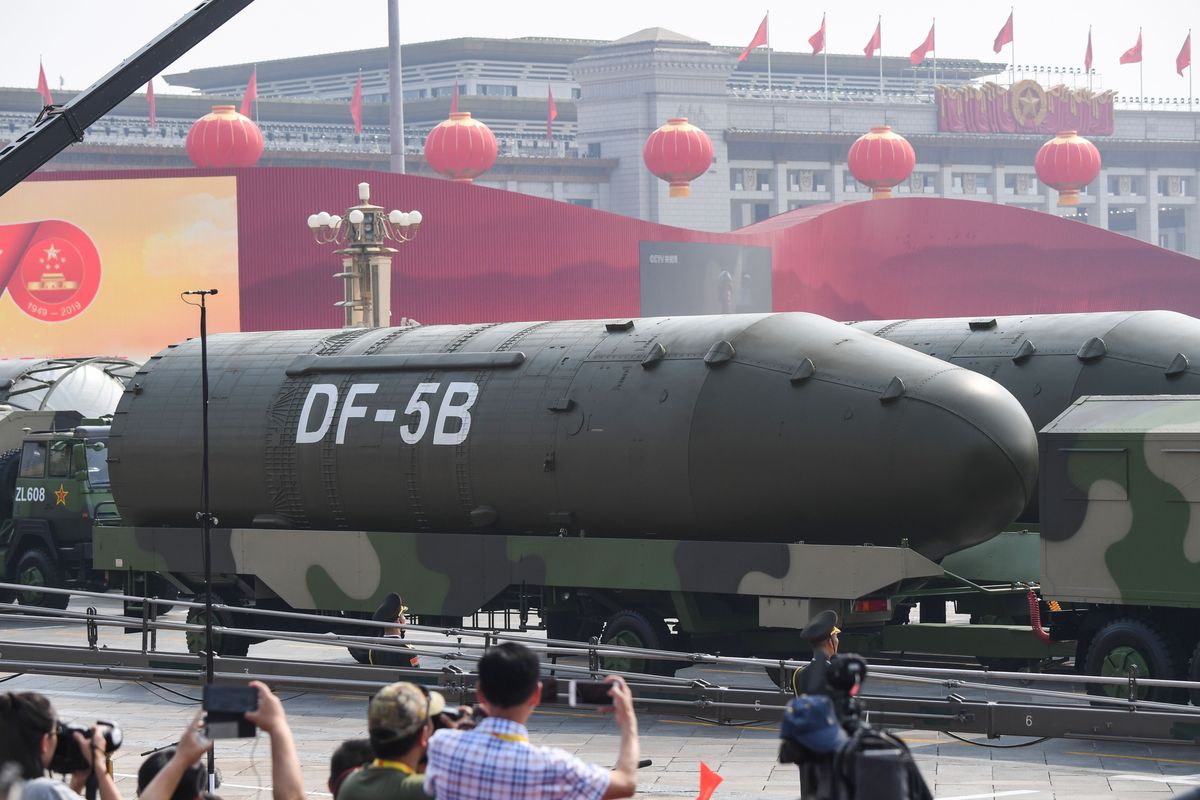In late September, Japanese Prime Minister Shinzo Abe unveiled his “three new arrows” of economic reform, indicating that the first phase of what is referred to as Abenomics was almost over. By ending the chronic deflationary trend, Abe is now expanding his focus beyond economic growth and addressing demographic issues in advance of Upper house election next summer. Though there are mixed views over the performance of Abe’s original economic policies, the announcement indicates the administration is somewhat confident about the initial results of Abenomics 1.0, and is ready to move its focus more on Japan’s structural issues, which fundamentally hinder the potential for growth of the Japanese economy. The challenge here will be to what extent the administration, still without concrete economic growth, can continue momentum for necessary reform, which might bring long-term benefit to the country but bring short-term backlash from voters in light of Japan’s short-term election-cycle. The success of Abenomics 2.0 will be an important litmus test for the degree of the country’s commitment to reform and a sustainable future.
Looking back, what was the original Abenomics 1.0 all about, with the so-called three arrows? In essence, the three arrows were carefully interwoven in order to provide a sustainable power base and political capital to exercise necessary reforms. With multiple reform ideas in mind, Abenomics initially focused on providing quick hits, such as speedy fiscal stimulus, which included a corporate tax decrease, and aggressive monetary easing to bring a favorable “expectation” for Japan’s economic growth. The initial strategy was enough to convince the outside world that the Abe administration was serious about economic reform. The stock market responded favorably, with corporate profits soaring, and there was rapid currency depreciation. That created a strong support base for the administration among the Japanese public, with the “expectation” for near-term Japanese economic recovery. The third arrow, which has fallen under harsh criticism as being “not enough,” produced a rapid sequence of events: the conclusion of the Trans-Pacific Partnership trade negotiations, reform of the Japan Agricultural Cooperatives (which was once a formidable interest group in Japan), pressure for better corporate governance, and the restart of a nuclear power plant, the first since the 2011 Fukushima nuclear crisis. Although there was strong backlash from affected interest groups, the administration successfully managed the challenges, despite a lack of real economic growth, a net wage increase, and targeted inflation, which were expected to happen by the initial quick hits. Indeed, it was a remarkable achievement, supported only by “expectations,” but not by concrete economic results. In the last three years, the real GDP stayed nearly the same, and the expected two percent inflation never materialized, despite the aggressive monetary easing.
The real challenge for both the administration and the public will begin from here on out. As both of the constituencies might recognize, real economic growth will not be achieved unless corporate investment and private consumption are resumed, both of which are currently affected by the surrounding uncertainties of Japan’s shrinking population, expected increases in the cost of social security, and the subsequent mushrooming fiscal deficit. Though the administration successfully managed the “expectations” of stakeholders during Abenomics 1.0 (also supported by the disillusioned public during the last DPJ administration), Abenomics 2.0 must provide concrete economic results if it expects to continue the necessary reforms to achieve real economic growth. It must also do this while not avoiding the seriously unpopular discussions on immigration, tax increases, regulatory reform, and entitlement restructuring, which all currently hinder Japan’s real economic growth. The real question now for the Japanese political leadership is how they can persuade voters of the necessity of the economic pains for its future sustainability beyond merely fulfilling “expectations” and regardless of the election cycle.
It should be stressed that compared to past administrations, the achievements during Abenomics 1.0 were outstanding. Indeed, the pace and depth of reforms are at unexpected levels, and Japan has certainly started to show a clear indication of real reform to the outside world. To Abe’s credit, the overall direction of Abenomics 2.0 is not totally wrong. However, the dilemma here is that if the country tries to produce the economic growth that everyone wants, both the leadership and the public cannot escape the reality of population decline and fiscal restructuring, and the necessary remedies that no one wants. Japan could overlook these problems for the goal of economic prosperity, but after 25 years of economic plunge, there is not much time left to realize the Prime Minister’s declaration that “Japan is Back.” In that sense, the progress of Abenomics 2.0 is a critical litmus test for making a final judgment; either Japan will be "back" or permanently “backwards.”












